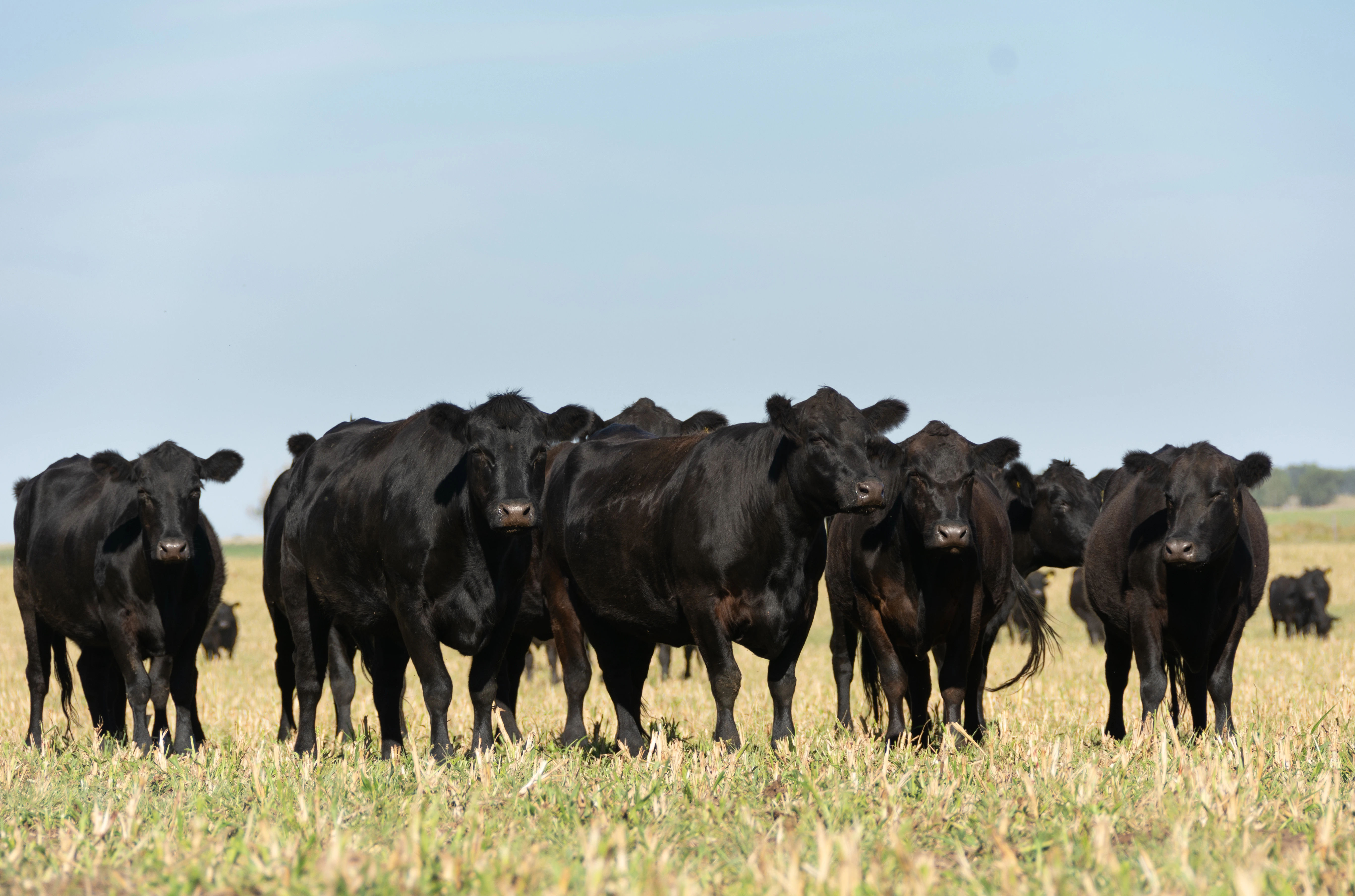
By Amy Stuart, DVM
Ask any dairy owner or herdsman to name their top-three business challenges, and labor struggles will undoubtedly make the list – usually in the #1 spot. Finding hard-working, capable, reliable individuals to care for animals and operations is critical to every dairy’s success, and a struggle for most.
6 Secrets for Hiring & Keeping High-Quality Workers
Yet some dairies seem to have a magic touch when it comes to hiring and keeping a high-quality workforce, which translates directly into the overall progress and profitability of the dairy. What are their “secrets” for labor-management success? From my observations, they share some common priorities:

- They operate from protocols, period. Nothing is more frustrating to an employee than to be placed in a job with little to no guidance on how to do it. Or to be criticized for a negative outcome when they did not have a clear understanding of the tasks expected from them. The best-managed dairies take the time to develop, write out, translate, and provide instruction on specific protocols for every management area on the dairy.
They also perform ongoing surveillance of those protocols to monitor progress and provide constructive feedback to the employees. Examples include ongoing SCC monitoring on colostrum samples; screening calves for total proteins; tracking DOA rates in the maternity area; and conducting luminometer sanitation audits of calf-feeding equipment. When conveyed constructively and used to positively reward workers, this ongoing data helps employees become more proactively invested in their work.
- They invest in training and infrastructure. When new hires are brought on board, they are not just turned loose to do the job, possibly alongside another worker. That’s a perfect formula for “procedural drift,” and it happens a lot on dairies. The best-managed dairies not only have their protocols in place, but also take the time to train – and periodically retrain – employees on both the how and the why of each protocol.
Equally important is that well-run operations keep their facilities in good working order. Broken gate latches, missing chains, and poorly functioning headlocks can all impede employees’ ability to do their jobs well, and lead to morale problems.

- They recognize and reward talent. Often an employee’s success or failure depends on putting the right person in the right job. One worker assigned to the calf area may shine at cleaning and sanitizing equipment, while another excels at identifying and treating sick calves. When they observe an employee with a thirst for knowledge and growth, the best dairies encourage and feed that inquisitiveness. I can’t tell you how rewarding it is to encounter an employee who wants to learn how to “ping” a DA and takes pride in getting the diagnosis right. With additional training, encouragement, and advancement in responsibilities, those are the kind of people who will grow and help make the dairy successful.
- They make room for middle management. “Middle management” may get a bad rap in the corporate world as a whole, but I am a huge proponent of it on dairies. The herds that do this successfully have a manager or crew leader in each department – parlor, maternity, calf care, hospital pen, heifer rearing, breeding, cropping, etc. Those individuals can serve as highly present leaders and supervisors of workers day-in and day-out, and as “go-between” communicators between the workers and upper management. Without them, there is great potential for disconnects in both work execution and communication from top to bottom within the organization.
- They bring in outside counsel. Trusted advisors like the herd veterinarian, nutritionist, hoof trimmer, or pharmaceutical representatives can help provide excellent training while reinforcing workers’ perceived value at the same time. And as this happens, an outside set of eyes also can be invaluable in observing operations on the dairy. I have seen this extra attention and education inspire workers and drive positive relationships between the people doing the work, and the team of capable outside advisors who have the dairy’s best interests in mind.
- They realize it’s not all about the money. Workers want and deserve to be paid well. We ask a lot of them, and rewarding them financially – including performance-based bonuses – can inspire dedication and loyalty. But the most successful dairies also support their workers by recognizing and supporting traditions and events in their cultures; taking interest in their families; offering words of praise and affirmation for a job well done; creating pathways for professional growth and advancement; and simply promoting a culture of appreciation and fun in the workplace.
The amazing thing I see on dairies with happy, productive employees is that their top managers can almost always be described that way, too. By investing in employees with training on the front side; creating a team of effective “lieutenants” to lead them; and enlisting the assistance of capable outside advisors, they are able to spend far less time stamping out brush fires, and more time strategizing and managing the big-picture elements of their businesses.








